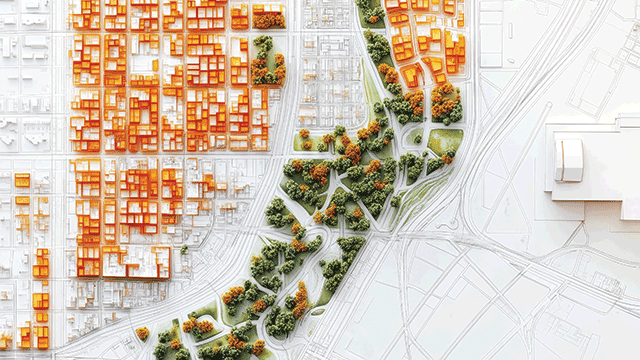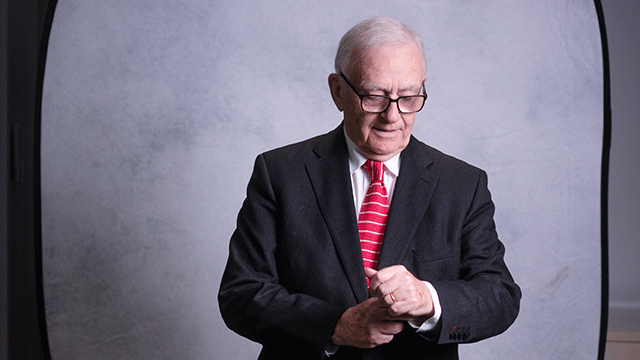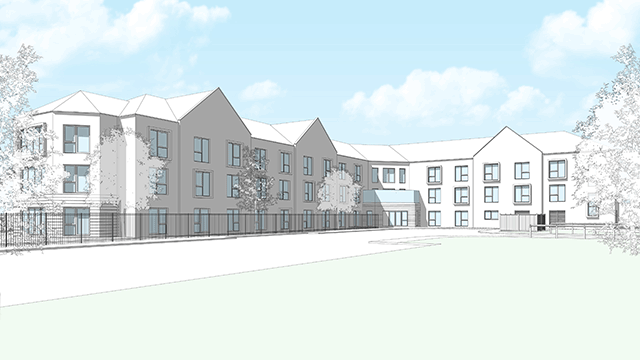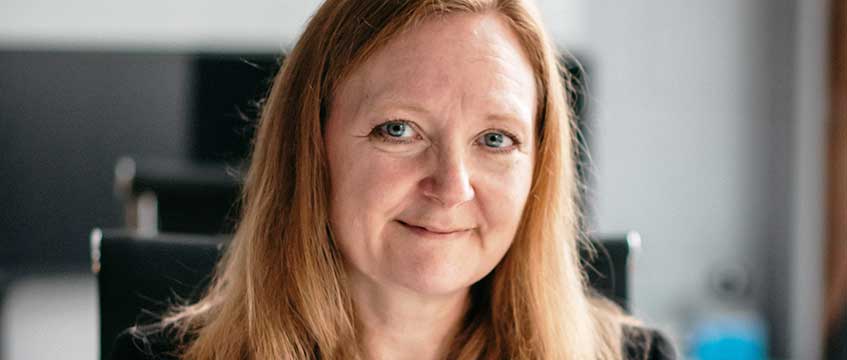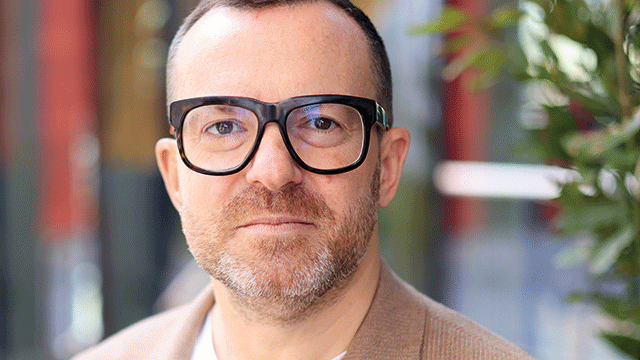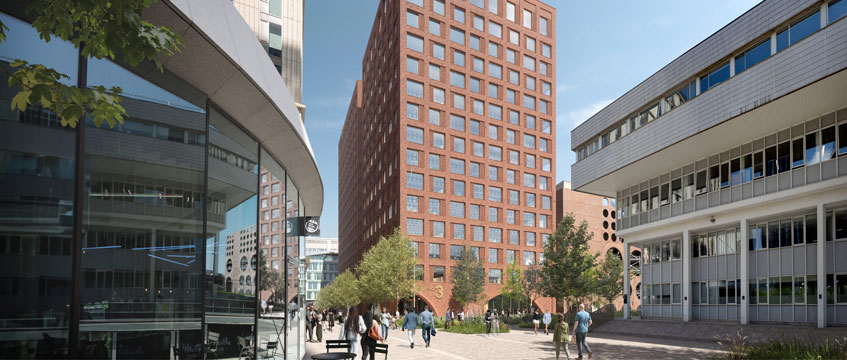COMMENT While we wait for the UK government’s social care reforms to emerge, it is worth reflecting on the wide gap between hospital and home that needs to be filled.
For decades we have been promised a more joined-up future between health and social care to support those who are most frail or very ill. As evidenced during the pandemic, we have an amazing NHS that has shown it is capable of delivering urgent care to the very sick or acutely ill, and we have the framework for an exemplary adult social care system. However, for years our social services have been underfunded, and there is a question of whether they could work better if the money was spent in a different way.
Coronavirus has shown the lack of integration in our care economy. It has revealed, at crisis point, how the NHS manages demand – especially for many older patients in hospital who are regarded as “blocking beds” or rapidly being transferred to residential care homes with little or no choice. Furthermore, many of those care homes were not set up to take NHS patients, especially in the absence of PPE and other infection control measures.
We need to think beyond our current health and social care architecture and prepare to build bespoke and inviting settings where a recovering patient can be rehabilitated and get back to full health.
Care hotel vision
A superior alternative should provide specialist beds and equipment, accessible shower rooms and the like, but also areas to practice “normal” daily living tasks that a person might be returning to in a comfortable hotel-like setting.
It would also involve a team of highly trained therapists and care staff who would teach people to walk again, make meals for themselves, use mobility or other aids, assist with how to take medication and even how to access help via technology – essentially, everything to enable them to recover before going home.
A “care hotel” could do this and even provide a base, while a dedicated on-site team of aides and adaptation specialists assess a person’s existing home and begin to implement changes ready for them to return home, and of course to stay at home without relapse.
Ideally, we would tackle the cause at the root of the problem, which is the poor state of our existing housing. However, this would mean demolishing or drastically retrofitting the majority of the housing stock and replacing it with something akin to a Lifetime Home standard. This is clearly not possible, so for those who want to return home from hospital or who need to vacate an expensive NHS bed, they need somewhere to recover, rehabilitate or recuperate.
Ideally, we would tackle the cause at the root of the problem, which is the poor state of our existing housing
Later living learnings
At the other end of the spectrum of care, we have care home providers doing their bit to provide what they have called “respite care” or “rehabilitation beds”. These are typically designed for older people who are not sick enough for hospital, but who do not have appropriate accommodation to return home to.
Popular in parts of mainland Europe, some local authorities have gone so far as to spend their own money on “step-down care” within new specialist housing schemes. Economies of scale work well here, as do the social and community aspects. The temporary residents are introduced to bustling and lively communal areas of the scheme and become familiar with the concept of extra care. This model is good, but there is demand for larger-scale schemes of some 60 to 120 beds.
Another way to mitigate the problem of hospital discharge rates is to look at the retirement community sector. This emerging sector is known for providing good care and exemplary designs. Many older people who already live in these apartments are able to be discharged from hospital because the environment has been designed to accommodate physical dependency.
For example, there are no stairs to navigate or baths to climb into, plus many schemes have care and support services that can be tailored to meet a person’s needs. In addition, the staff are able to assist with setting up support and being the liaison between family and relatives.
The emergence of rental options now means that arrangements can be made quickly to move into an independent apartment without the need to make home improvements or, worse still, a hasty decision about the sale of a family home.
If we cannot get care hotels off the ground any time soon then let’s invest in well-designed housing for older people. It is proven to assist with early discharge from hospital and a lower likelihood of falls and visits to hospitals in the first place. We owe it to society to come up with solutions to enable people to live the best lives they possibly can at every stage of life.
Anne-Marie Nicholson is principal at Life3A




